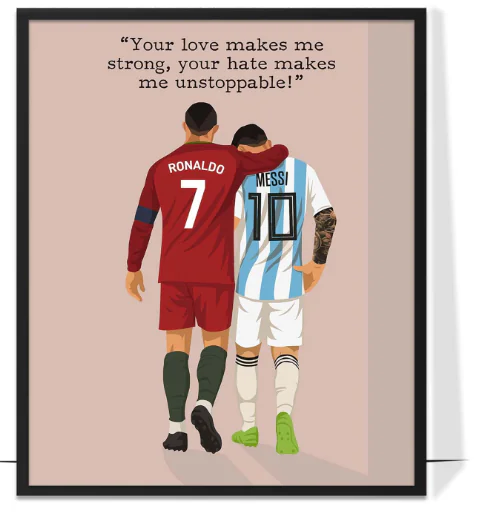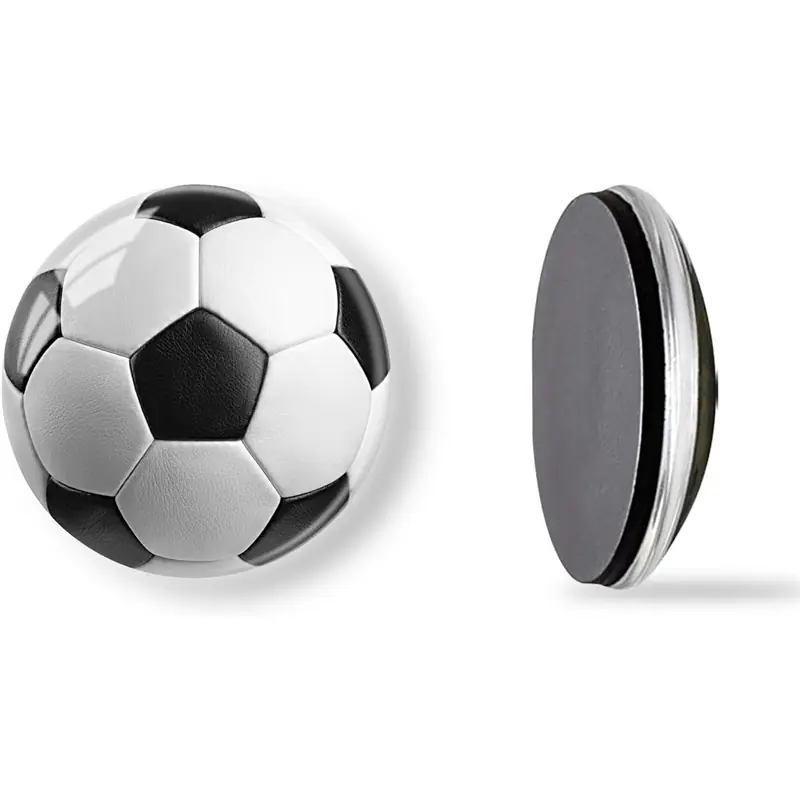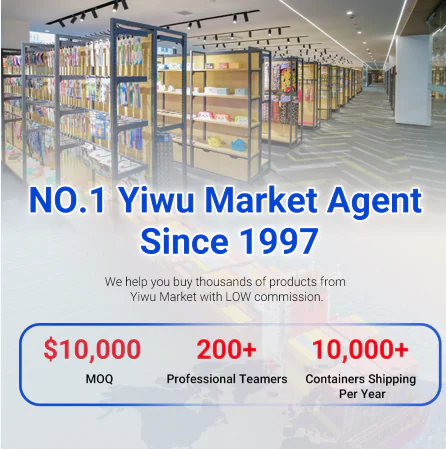In today’s increasingly globalized economy, sourcing plastic toys from reliable, cost-effective manufacturers is a strategic move for B2B buyers in the toy, promotional product, and gift industries. Plastic toys remain a staple across nearly every demographic, from infant sensory play products to collectible action figures for teens and even novelty giveaways for adults. As environmental concerns and safety regulations intensify, companies must strike a balance between affordability, scalability, and compliance when choosing manufacturing partners.
Asia, especially countries like China, Vietnam, India, and Indonesia, has maintained dominance in the plastic toy industry due to its well-developed infrastructure, advanced tooling technology, and high-volume production capabilities. Whether you’re launching a new toy brand, supplying retail chains, or stocking your distribution center, working with a trusted Plastic Toys Manufacturer in Asia can give your business a critical edge in cost, speed, and innovation.
This comprehensive guide will equip you with everything you need to know about sourcing plastic toys from Asia — from vetting suppliers to understanding production workflows, managing logistics, ensuring compliance, and avoiding costly pitfalls.
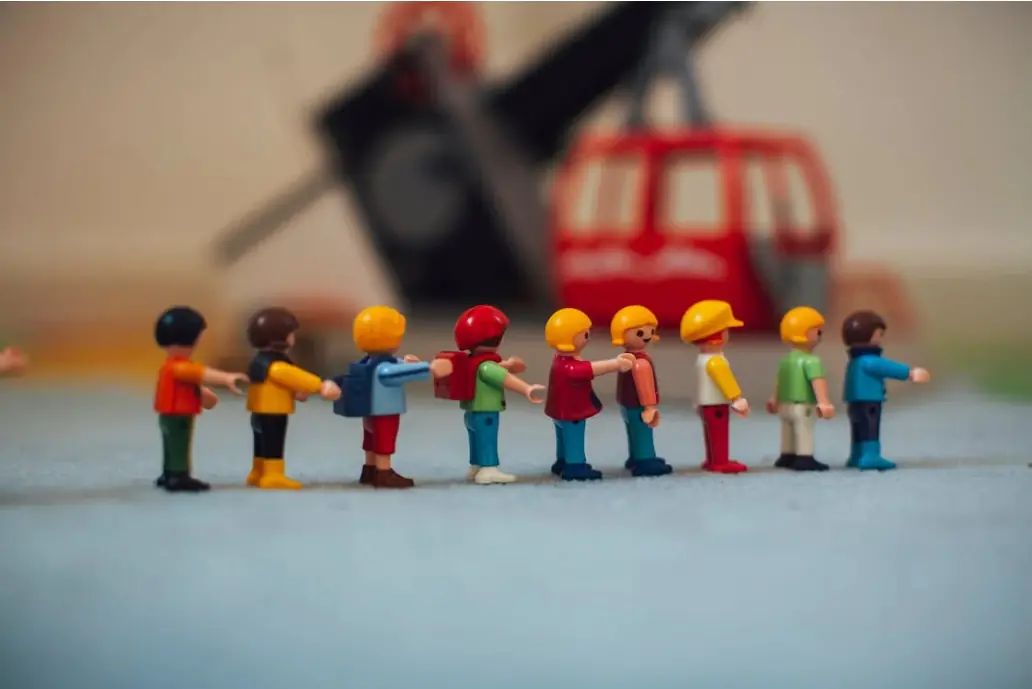
1. Why Source Plastic Toys from Asia?
Sourcing from Asia is more than just chasing lower costs. It’s about tapping into a mature manufacturing ecosystem with the technical expertise, scalability, and export infrastructure necessary for high-volume global supply chains.
1.1 Competitive Pricing Without Sacrificing Quality
Asian manufacturers are often 30–50% more cost-effective than Western counterparts, mainly due to lower labor costs, proximity to raw materials, and efficient factory processes. Plastic resins like ABS, PP, and PE are sourced domestically in countries like China and India, which minimizes transport costs. Labor, while inexpensive, is also experienced — many factories operate in family-owned clusters with generations of know-how.
1.2 Mature Supply Chain Networks
In toy-producing hubs like Chenghai (China) or Binh Duong (Vietnam), nearly every stage of the production pipeline is located within driving distance: mold fabricators, colorant suppliers, packaging specialists, and inspection labs. This concentration drastically reduces lead times and improves coordination.
1.3 Export-Ready Manufacturing Base
Most Asian Plastic Toys Manufacturers are fluent in global export requirements. They’re familiar with customs documentation, commercial invoices, HS codes, and labeling regulations in North America, Europe, and Oceania. Many even offer multilingual support, dedicated account managers, and flexible shipping terms like FOB, CIF, and DDP.
1.4 Government Support and Trade Agreements
Manufacturers in Asia often benefit from tax incentives and subsidies aimed at promoting exports. Free trade agreements — such as the RCEP and bilateral pacts with the EU or the U.S. — may also reduce tariffs, depending on your importing country.
1.5 Scalability for Growing Businesses
Need to scale from 5,000 to 500,000 units in six months? A well-equipped Asian toy factory can do it. Most offer scalable injection molding lines, automated painting, and multi-shift assembly operations, enabling fast ramp-ups without compromising consistency.

2. Choosing the Right Plastic Toys Manufacturer
Selecting a manufacturing partner isn’t just about picking the cheapest option on Alibaba. It’s a strategic decision that affects your product quality, brand reputation, and customer satisfaction.
2.1 Certifications Are Non-Negotiable
Any qualified Plastic Toys Manufacturer must meet international safety and quality standards. At a minimum, look for:
- ASTM F963 (USA toy safety)
- EN71 (Europe toy safety directive)
- ISO 9001 (Quality management system)
- ICTI Care Process (Ethical toy manufacturing)
Ask to see up-to-date certificates and third-party lab test results for recent batches.
2.2 Evaluate Technical Capabilities
Does the factory have in-house tooling? What software do they use for mold design? Can they support electroplating, vacuum metallization, or electronics integration? These technical questions separate commodity-grade factories from innovation partners.
Look for:
- CAD/CAM support (e.g., SolidWorks, AutoCAD)
- Multi-cavity molds
- UV printing or pad printing capabilities
- Automated QC stations
2.3 Request and Review Samples
Before signing a contract, always request samples. Evaluate the surface texture, moving parts (if applicable), paint finish, and product packaging. Are seams aligned? Are decals properly placed? Are components secure?
Conduct functional tests like:
- Drop tests (from 1 meter)
- Pull tests (on limbs or attachments)
- Twist/bend resistance (especially for infant-safe items)
2.4 Audit the Facility (Virtually or Onsite)
If you can’t visit in person, hire a third-party inspector. Audit reports typically include:
- Factory layout
- Cleanliness and safety protocols
- Photos of machinery
- Employee working conditions
- Product traceability systems
A red flag is a factory unwilling to allow inspections — this usually signals subcontracting or unlicensed production.
2.5 Assess Responsiveness and Cultural Fit
In B2B supply chains, communication matters. Is your contact person responsive, clear, and solutions-oriented? Do they understand Western timelines and expectations? Choose a manufacturer that treats you as a long-term partner, not a one-time buyer.
3. Understanding the Manufacturing Process
The production of plastic toys involves multiple complex steps. It typically begins with the design phase, where you provide your concept, sketches, or 3D models. If you’re working on an OEM basis, your manufacturer may assist with refining the design for mold optimization and compliance. The design is then translated into a prototype using 3D printing or CNC machining.
Once the design is finalized, the tooling process begins. This involves the creation of steel or aluminum molds—an investment that typically costs between $3,000 and $20,000, depending on complexity. Molds can be single- or multi-cavity, and the tooling process takes around 3–6 weeks.
Injection molding follows. Plastic pellets are heated and injected into molds at high pressure to form the toy’s components. After molding, parts are trimmed, cleaned, and prepared for secondary operations such as painting, heat transfer decoration, or printing. Assemblies are completed manually or via semi-automated lines.
Quality control is performed at various stages, including in-line inspection, functionality testing, and final visual checks. Products are then packaged according to customer specifications, with options ranging from polybags to custom-branded retail boxes.
4. Pricing, Cost Management, and Negotiation
Understanding how pricing works is essential for securing cost-effective deals. A complete price breakdown should include:
- Unit cost
- Mold cost (one-time or amortized)
- Packaging
- Printing or finishing
- Assembly
- QC and testing
- Shipping (EXW, FOB, CIF, or DDP)
Costs can vary significantly based on order volume, packaging type, and customization level. Most Plastic Toys Manufacturers offer tiered pricing—larger orders reduce the per-unit cost. Negotiation is common, but only when backed by reasonable volume or a long-term purchase plan.
You should also inquire about payment terms. Many suppliers accept 30/70 terms (30% deposit, 70% upon shipment), while others offer LC (Letter of Credit) for larger orders. Be cautious of factories demanding 100% upfront payment, especially if they’re unverified.
Another way to manage costs is through packaging optimization. If you can accept simplified or bulk packaging, it can reduce costs and shipping volume. Additionally, bundling multiple SKUs in one shipment can save on logistics.
5. Compliance, Testing, and Product Safety
Toy safety is paramount. As a buyer, you are legally responsible for ensuring the products you import meet the safety regulations of your target market. Work only with manufacturers that offer documentation of compliance and are willing to provide third-party testing reports.
For the U.S. market, toys must comply with CPSIA and ASTM F963. For the EU, EN71 certification is mandatory. Key safety checks include:
- Mechanical and physical safety (sharp edges, small parts)
- Chemical testing (phthalates, lead content)
- Flammability
- Labeling (age grading, warnings, tracking labels)
Manufacturers should also perform internal QC based on AQL standards and provide you with inspection reports. You can hire independent labs like Intertek, SGS, or TÜV for pre-shipment inspections and batch testing. Never skip this step, especially for first orders.
6. Logistics, Freight, and Lead Time Management
Shipping management is a critical part of the sourcing process. Understand your Incoterms—FOB gives you control over shipping; CIF includes freight and insurance; DDP delivers to your door with all duties paid.
Typical lead times:
- Mold fabrication: 3–6 weeks
- Production: 2–4 weeks
- Inspection and packaging: 1 week
- Shipping (sea freight): 3–6 weeks
Air freight is faster but far more expensive. Use sea freight for large volumes with flexible delivery timelines. Always factor in delays due to holidays (e.g., Chinese New Year), weather events, or port congestion.
Ensure your manufacturer properly labels all export cartons with HS codes, SKU numbers, and handling instructions. Prepare your customs documentation well in advance to avoid clearance issues.
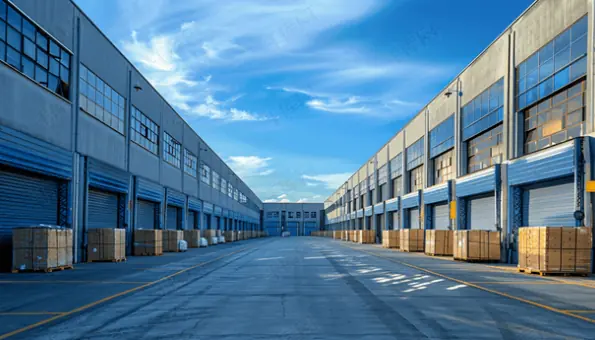
7. Red Flags and Mistakes to Avoid
Not every supplier is reliable. Avoid manufacturers who:
- Refuse factory audits
- Offer unusually low prices
- Provide vague answers to technical questions
- Lack certifications or testing records
Always test product samples before placing large orders. Many issues—such as poor material quality, loose parts, or inaccurate labeling—only become apparent after physical inspection. Sign clear contracts outlining product specs, delivery terms, penalties for delay, and dispute resolution.
Also, beware of over-dependence on a single supplier. Diversify your sourcing options or maintain at least one backup vendor to hedge against operational disruptions.
8. Emerging Trends in Plastic Toy Manufacturing
The toy industry is changing fast. Sustainability is a top priority, with more buyers demanding recyclable materials, compostable packaging, and reduced carbon footprints. Some Plastic Toys Manufacturers now offer recycled ABS and sugarcane-based bioplastics as eco-friendly options.
Smart toys are also gaining ground. Interactive features like Bluetooth, voice commands, and app connectivity are being embedded into traditional toys. This requires manufacturers to collaborate with electronics specialists and adhere to additional certifications like RoHS and FCC.
Finally, speed-to-market has become a differentiator. Factories with in-house R&D, fast prototyping, and agile supply chains are best positioned to meet the demands of today’s fast-paced consumer cycles.
9. Conclusion
Working with a Plastic Toys Manufacturer in Asia is an opportunity to gain a competitive advantage in product development, pricing, and operational efficiency. But success requires strategic planning, due diligence, and hands-on management.
From choosing the right partner and understanding compliance to managing production timelines and freight, every step must be optimized for quality, cost, and delivery. Take the time to evaluate suppliers, test thoroughly, and build transparent, mutually beneficial relationships.
In the long run, your manufacturer isn’t just a vendor—they’re an extension of your brand. Choose wisely, communicate clearly, and invest in partnerships that will support your business as it scales globally.

Helena Zhang is responsible for the international trade business of daily-use grocery products, provide high-quality services to global clients. In terms of buyer services, I always place clients at the center. From the moment a client makes an inquiry, I offer professional and meticulous services. I promptly respond to their questions and provide product recommendations and solutions based on their needs. During order execution, I track production progress and logistics information in real-time and provide regular feedback to clients, keeping them informed of the order status at all times. When encountering after-sales issues, I also coordinate to resolve them at the first opportunity to safeguard clients’ rights and interests.
With my professional capabilities and rich experience in the field of daily-use grocery foreign trade, I am committed to providing clients with safe, reliable, and efficient trade services. I look forward to collaborating with you to achieve a win-win situation!


